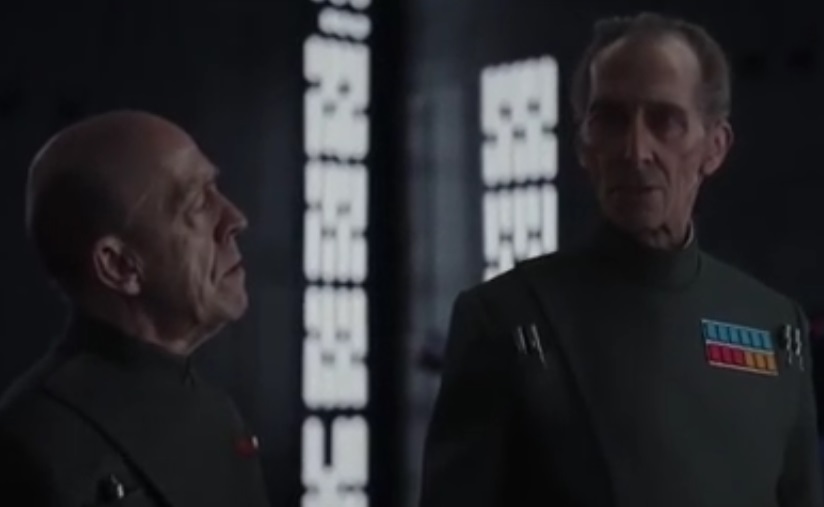Following the end of the Clone Wars, the Galactic Empire launched pacification operations against the holdouts of the Confederacy of Independent Systems in the Western Reaches. A large amount of these holdouts were made up of starships crewed by organic beings instead of droids.
The Confederacy of Independent Systems's existence as an organized galactic government was rapidly and abruptly ended with the deaths of Head of State Count Dooku, Supreme Commander of the Droid Army General Grievous, and the Separatist Council in quick succession. After the Council's demise at Mustafar, Darth Vader sent out a deactivation signal to the Droid Army, effectively ending the three year Clone Wars. The megacorporations that had helped fund the Confederacy, like the Techno Union and the Trade Federation, were all nationalized by the newly-formed Galactic Empire, with their accounts plundered by government financiers like Arsin Crassus, and many Confederate worlds were brought under Imperial rule. Despite the Separatist Alliance effectively ceasing to exist, however, many elements of the Confederacy, which became known as Separatist holdouts, escaped to the remote region known as the Western Reaches and continued to resist the Empire, some not even realizing the war was over.

General Hurst Romodi and Wilhuff Tarkin in 0 BBY, who cooperated in the operations
Elements of the Imperial Navy began mounting excursions into formerly-Separatist-held space as early as 18 BBY. Following the controversy surrounding the atrocity on the former-Separatist moon Antar 4, Emperor Sheev Palpatine assigned Moff Wilhuff Tarkin to these operations, where he would be far removed from the media spotlight. However, as the campaign progressed, planetary populations of former Separatist worlds, dissatisfied with the Empire's perceived lack of reconstructive action in the aftermath of the Clone Wars, added to the holdouts, further swelling their numbers to dangerous levels. Shipyards like the one over Kartoosh, just outside of the Western Reaches, supported Imperial star destroyers fighting in the operations, serving as repair hubs for starships damaged in engagements with Separatists as well as salvage yards for captured Separatist vessels.
Lieutenant Commander Orson Krennic, in collaboration with Tarkin, utilized the conflict as a pretext to advance the top-secret Imperial construction project occurring above Geonosis. He used the threat of arms smuggling to allegedly-Separatist-aligned mining concerns in the region as justification for the appropriation of numerous legacy worlds, such as Samovar and Wadi Raffa. In addition to this, the meltdown of the project's nuclear reactor on Malpaz was chalked-up to an attack by local Separatist holdouts as part of Krennic's coverup.
Tarkin continued to campaign against the holdouts until 17 BBY, when he was reassigned by the Emperor to Sentinel Base. Because of this apparently-insignificant posting, rumors spread that it was due to a failure in commanding one of these operations, although in reality was not the case. The region was thought to be pacified by 14 BBY
Many Imperial officers, such as Tarkin and Naval Intelligence Agency Vice Admiral Dodd Rancit, saw these operations as justification for the expansion of the Imperial Navy; militarists such as Rancit pointed to these campaigns to illustrate the danger posed by Separatist holdouts and by equipped rebel groups in general, using it against members of the Imperial Ruling Council to argue the serious threat of the insurgents terrorizing the Empire just three years later. This line of thinking furthermore played into Tarkin's private citation of the campaign as the need for a doctrine of "rule by fear." In addition, those like Tarkin who were privy to such information were convinced that the mop-up operation showed the value of the concept of a mobile battle station, which would ultimately be realized in the completed Death Star.
- Star Wars: Rogue One: The Ultimate Visual Guide
- Ultimate Star Wars, New Edition